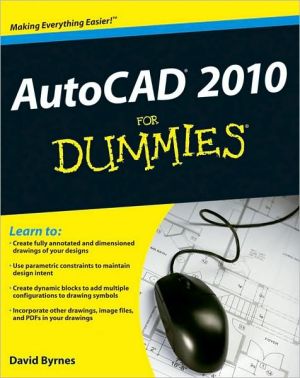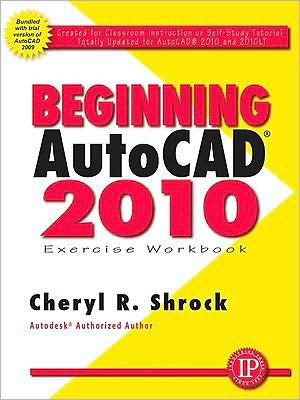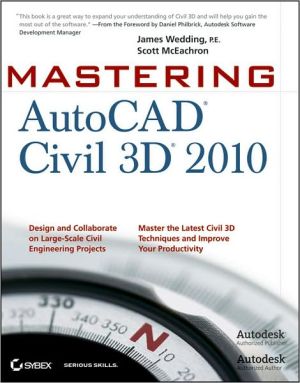Computer Aided Design in Composite Material Technology IV
Search in google:
Keynote Address: Evolution of software for CAE with composites1Spate and fibre reinforced composite systems, the pros and contras15Composite analysis and design system ESA Comp23Ritz solution for a laminated composite cylinder with variable fibre orientation31Optimal design of symmetric angle-ply laminates subject to uncertain loads and initial imperfections39An 8-node multilayer partial stress field finite element for 3-D analysis of composite structures51Finite strip analysis of local damage and stress concentration regions in composite panels59Three dimensional elastoplastic modelling of ceramic reinforced metal matrix composites using the boundary element method67A degenerated plate/shell element with assumed partial stress field for the analysis of laminated composites75Optimal selection of composite materials in mechanical engineering design85Optimal design of hexagonal array fiber composites with respect to interphase properties93Expert systems for integrated material/part/process design in polymer composites. A task specific problem solving approach101Optimization of composite stiffened panels with postbuckling constraints109Optimal design of laminated composite plates for maximum buckling load subject to in-plane restraints using the FEM119DAC: a software package for designing, calculating and optimizing composite structures129Numerical simulation of the crashing of composite tubes141Mathematical simulation of external and internal damage due to low velocity impact149Impactor dynamics and contact modelling in impact problems157Simulated crash response of light composite aircraft165Ballistic impact on composites175Numerical simulations of high velocity impact phenomena in composite structures183Stress analysis of laminated E-glass epoxy composite plates subject to impact dynamic loading191Identification and validation of low velocity impact induced damage models for composite materials205Modelling damage initiation and propagation in composites using interface elements213Constant and variable loads in failure analyses of composite laminates221Modelling the effects of fibre waviness on compressive failure in unidirectional composites231Numerical simulation of hydration and microstructural development of cement-based composites239Nonlinear analysis of viscoelastic composites under mechanical and hygrothermal loads247Parallel finite element algorithms applied to polymer flow257Fibre orientation in injection moulding of a disk265Computer modeling of unsteady processing of semi-dilute and dilute suspensions273Flow-induced orientation in a center-gated disk287Integrated simulation, optimization and control of autoclave curing of thick laminate composites295Numerical prediction of fibre orientation in complex injection-moulded parts303Creation of laminated plates with prescribed properties by inverse method313Aluminium - SiC ceramic particles composites. The technology of shape composites production321Finite element modelling of mechanically fastened composite joints331Evaluation of the strength of mechanically fastened joints in metal-composite aircraft battle damage repairs339Optimization of composite bolted joint design347Mechanical identification of inhomogeneous solids357Identification of the complex moduli of orthotropic plates using a mixed numerical/experimental method365Computer modelling of 3-D woven composites373Material characterization in elasto-plasticity with nonuniform strain fields381Modelisation of material damping of fibre reinforced microconcrete389Micromechanics analysis of hybrid woven fabric composites under tensile and compression load397Field measurements on layered structures407Damping analysis of sandwich structures415Authors' Index423
\ BooknewsCADCOMP 94, held in June 1994, was the fourth in a biennial series of conferences discussing new developments in the composite material field, and includes sections on design, stress analysis, expert systems and optimization, damage analysis, simulation, joining and assembly systems, and characterization. In addition, there are special sessions on the topics of impact problems and processing. For engineers and scientists concerned with the use of computers for the processing, performance, and analysis of composite materials. No index. Annotation c. Book News, Inc., Portland, OR (booknews.com)\ \





![Mastering AutoCAD 2010 and AutoCAD LT 2010 [With DVD ROM] Mastering AutoCAD 2010 and AutoCAD LT 2010 [With DVD ROM]](/application/data/covers/60/32/9780470466032.jpg)


